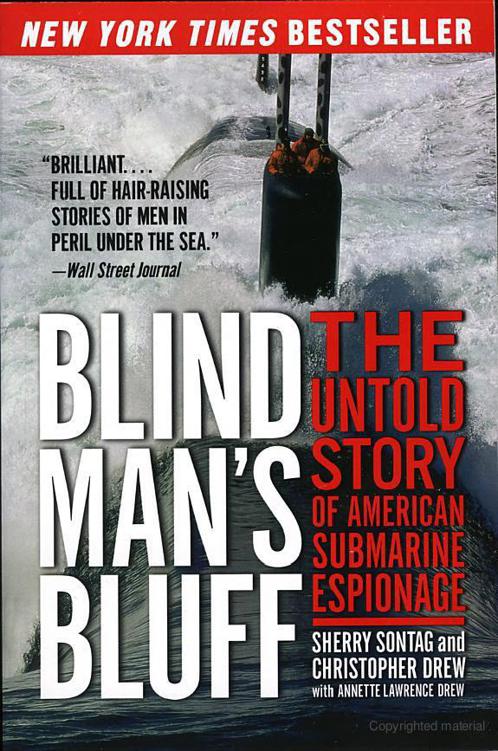
Sontag, Sherry - Blind Man's Bluff PDF
Preview Sontag, Sherry - Blind Man's Bluff
For decades American submarines have roamed the depths in a dangerous battle for information and advantage in missions known only to a select few. Now, after six years of research, those missions are told in Blind Man's Bluff, a magnificent achievement in investigative reporting. It reads like a spy thriller -- except everything in it is true. This is an epic of adventure, ingenuity, courage, and disaster beneath the sea, a story filled with unforgettable characters who engineered daring missions to tap the enemy's underwater communications cables and to shadow Soviet submarines. It is a story of heroes and spies, of bravery and tragedy.
Amazon.com ReviewLittle is known--and less has been published--about American submarine espionage during the Cold War. These submerged sentinels silently monitored the Soviet Union's harbors, shadowed its subs, watched its missile tests, eavesdropped on its conversations, and even retrieved top-secret debris from the bottom of the sea. In an engaging mix of first-rate journalism and historical narrative, Sherry Sontag, Christopher Drew, and Annette Lawrence Drew describe what went on.
"Most of the stories in Blind Man's Bluff have never been told publicly," they write, "and none have ever been told in this level of detail." Among their revelations is the most complete accounting to date of the 1968 disappearance of the U.S.S. Scorpion; the story of how the Navy located a live hydrogen bomb lost by the Air Force; and a plot by the CIA and Howard Hughes to steal a Soviet sub. The most interesting chapter reveals how an American sub secretly tapped Soviet communications cables beneath the waves. Blind Man's Bluff is a compelling book about the courage, ingenuity, and patriotism of America's underwater spies. --John J. Miller
From Publishers WeeklyIn an unusually successful amalgam, veteran journalists Sontag and Christopher Drew combine a gripping story with admirable research to relate previously unknown information. Throughout the Cold War, the U.S. depended heavily on submarines for intelligence gathering, whether tracking Soviet missile subs, monitoring Soviet harbors and missile tests or, in some cases, retrieving lost Soviet equipment. The U.S.S.R. responded with everything from comprehensive espionage operations to depth charge attacks on particularly intrusive snoopers. The broad outlines of this clandestine confrontation are relatively familiar, but the details have largely remained secret. Although the authors have based their book largely on interviews with submariners, intelligence operatives and politicians, they recognize the possibility of distortion and back up personal accounts with an elaborate and convincing system of verification. While necessarily incomplete, the resulting work depicts what was arguably the most successful long-term, large-scale intelligence operation in American history. From captains to seamen, the participants combined technical proficiency, insouciant courage and a cheerful scorn for regulations that often interfered with their missions. That mind-set was hardly calculated to avoid direct confrontations, and accidental collisions were not uncommon. The authors nevertheless make a solid case that the risk of a destabilizing incident was far outweighed by the gains of the campaign?especially given the depth of mutual ignorance during the Cold War.
Copyright 1998 Reed Business Information, Inc.
